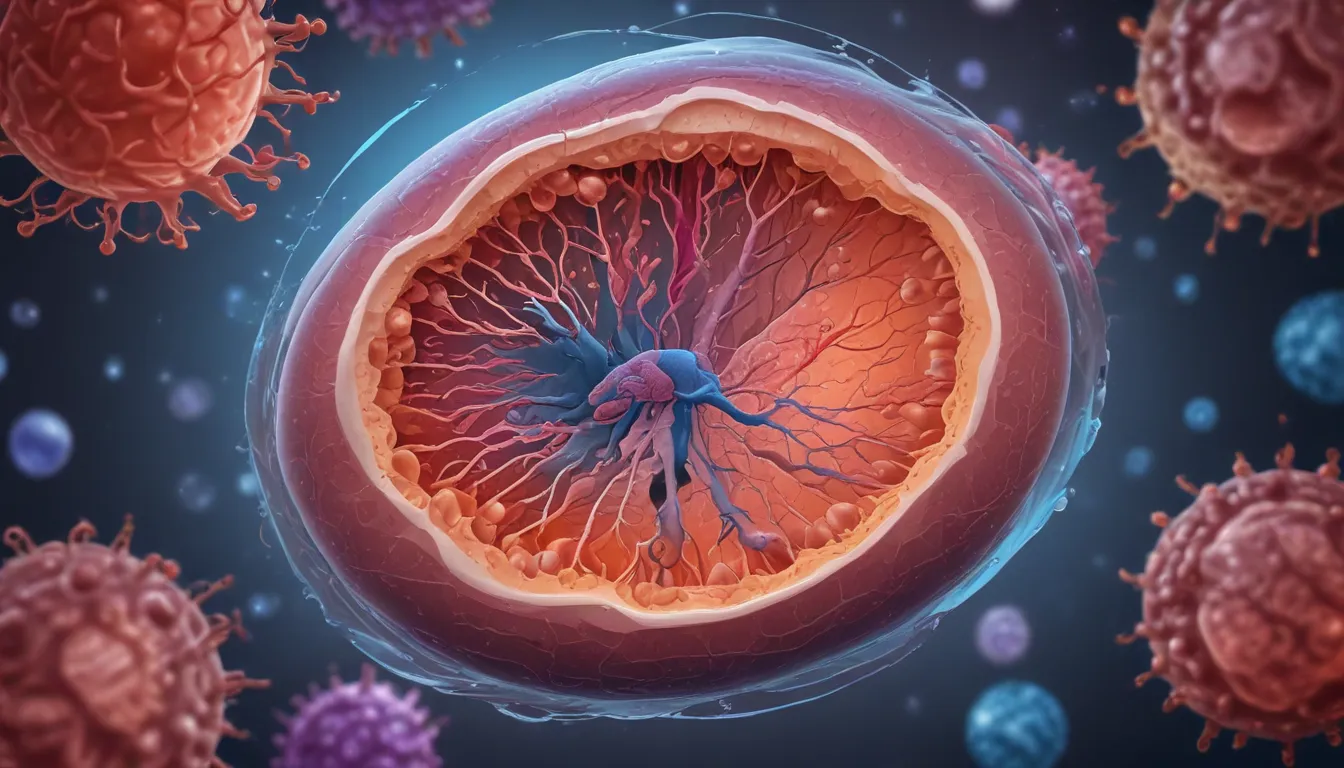A Note About Images: The images used in our articles are for illustration purposes only and may not exactly match the content. They are meant to engage readers, but the text should be relied upon for accurate information.
Embryonic stem cells have captured the imagination of scientists and the public alike with their unparalleled potential for medical advancements. These unique cells, derived from embryos in the earliest stages of development, have the remarkable ability to transform into any cell type in the human body. As we delve into the world of embryonic stem cells, we uncover a wealth of knowledge that highlights their profound significance and promising applications in regenerative medicine.
Unlocking the Power of Embryonic Stem Cells
-
Embryonic stem cells possess the extraordinary capacity to differentiate into a wide array of cell types, including neurons, muscle cells, and blood cells. This versatility makes them invaluable for medical research and therapeutic interventions.
-
These cells are harvested from the inner cell mass of a blastocyst, a tiny early-stage embryo. Once isolated and cultured in the laboratory, they serve as a rich source of material for scientific exploration and experimentation.
The Promise of Embryonic Stem Cells in Medicine
-
Researchers believe that embryonic stem cells hold great promise for treating a myriad of diseases and conditions, ranging from Parkinson’s disease and diabetes to spinal cord injuries and heart disease. By replacing damaged tissues and organs with healthy, functional cells, these cells offer hope for improving patient outcomes.
-
Despite their immense therapeutic potential, the use of embryonic stem cells is accompanied by ethical concerns. The destruction of human embryos to obtain these cells has sparked debates and led to the development of alternative approaches, such as induced pluripotent stem cells.
Exploring the Versatility of Pluripotent Stem Cells
-
Pluripotent by nature, embryonic stem cells can differentiate into cells originating from all three germ layers: endoderm, mesoderm, and ectoderm. This broad developmental potential underpins their ability to generate diverse cell types for various applications.
-
Studying early human development using embryonic stem cells offers valuable insights into the formation of organs and tissues. By replicating the natural process of embryonic development, scientists can unravel the mysteries of human biology.
Overcoming Challenges and Harnessing Opportunities
-
While the cultivation of embryonic stem cells requires specialized laboratory conditions, their ability to self-renew indefinitely ensures a consistent supply for research and potential therapeutic use. Cryopreservation further allows for the long-term storage of these cells, safeguarding their availability for future applications.
-
The risk of tumor formation, known as teratomas, poses a challenge in utilizing embryonic stem cells for therapy. Researchers are actively exploring strategies to mitigate this risk and enhance the safety of potential treatments.
Navigating the Landscape of Stem Cell Research
-
Embryonic stem cell research remains a rapidly evolving field, characterized by ongoing discoveries and advancements that expand our understanding of these cells. Their potential for tissue engineering and regenerative medicine underscores their role as a critical resource in scientific innovation.
-
With applications ranging from organ transplantation to drug testing and genetic disorder studies, embryonic stem cells hold significant promise for revolutionizing medical practice. As we continue to delve into their properties and applications, the future of regenerative medicine appears increasingly bright.
Conclusion: Embracing the Future of Regenerative Medicine
Embryonic stem cells stand as a beacon of hope in the realm of regenerative medicine, offering a pathway towards innovative treatments and potential cures. By supporting ethical research practices and fostering dialogue on the benefits and challenges of stem cell usage, we can pave the way for transformative breakthroughs in healthcare.
FAQs: Navigating the World of Stem Cells
-
What are embryonic stem cells?
Embryonic stem cells are derived from early-stage embryos and possess the ability to differentiate into any cell type in the human body, making them valuable for regenerative medicine. -
Are embryonic stem cells used in medical treatments?
Embryonic stem cells are currently under investigation for their therapeutic potential, with ongoing research aimed at harnessing their regenerative properties for treating a range of diseases and conditions. -
What ethical concerns surround embryonic stem cell research?
Ethical debates arise from the destruction of embryos in the extraction process of embryonic stem cells. Alternative methods, such as induced pluripotent stem cells, offer a solution that circumvents this ethical dilemma. -
What challenges do researchers face in using embryonic stem cells?
The risk of rejection when transplanting embryonic stem cells into patients and the controlled differentiation into specific cell types present challenges that researchers are actively addressing to maximize the benefits of these cells. -
What does the future hold for embryonic stem cell research?
Continued exploration and refinement of techniques are set to propel embryonic stem cell research towards new heights, with the potential to revolutionize regenerative medicine and offer groundbreaking treatments for a wide range of conditions.
Embark on a journey of discovery through the realm of embryonic stem cells, where the boundaries of science and medicine are continually pushed in pursuit of innovative solutions. By embracing the potential of these extraordinary cells and engaging in informed discussions, we can shape a future where previously incurable diseases are met with effective treatments and renewed hope for patients worldwide.





